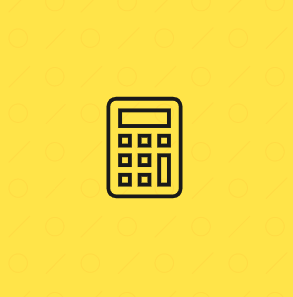How to handle refunded sales and transactions on your sales tax filings
by March 17, 2025
Returns. Nobody likes them, but they’re an unavoidable part of any e-commerce business. One study showed that between 15% and 40% of online purchases are returned.
As an online seller, you must also contend with returns when filing sales tax. This post will explain how states want you to handle returns, and some tips for getting credit for sales tax you refunded your customers.
How states deal with returns on sales tax filings
Nobody would blame you for thinking, “I refunded sales tax to a customer, but I already filed the sales tax return for the period where I sold the product to that customer. So I’ll just claim the sales tax back on my upcoming report.”
Seems like common sense, right? Well, many states have a different point of view. (And one that sounds like common sense to them.)
When you refund sales tax to a customer for a previous taxable period, states want you to file an amended return for that previous taxable period. You can then claim the credit back (i.e. the amount of sales tax you refunded) on that amended return. The state will likely add this amount as a credit toward a future sales tax payment.
Why do some states want you to file an amended return rather than just take a credit on the next return? It’s mostly due to one thing: sales tax rates change – a lot.
States want to ensure that the credit you take for refunds equals the amount of sales tax you charged your customer. If a sales tax rate went up 1% between the period where you filed sales tax and the period where you took a credit, you would be credited an extra 1% for each sale. After awhile, or if you’re a high volume seller, these numbers add up to lots of dollars and cents. States are all about collecting the right amount of revenue and ensuring something like this doesn’t happen on a grand scale.
Let’s look at a (highly simplified!) example:
Jo’s Toys files quarterly sales tax returns in California. Jo had a great holiday sales boom and paid $10,000 in sales tax to California for Q4. But then Returnuary struck and many of her customers returned products. She had to refund $1,000 in sales tax collected to these customers. Instead of claiming a $1,000 credit on her Q1 return, the state of California wants Jo to file a Q4 amended return. This is because many California sales tax rates changed between Q4 of 2016 and Q1 of 2017 and the California sales tax filing system would not be able to credit Jo correctly for refunds if she add credits to her Q1 return.
To break it down, states want you to claim sales tax you refunded to a customer on an amended return for two reasons:
- To ensure they get the exact amount of sales tax you collected (or credit you the exact amount you refunded)
- To prevent fraud (believe it or not, people have been known to try and game this system)
Also keep in mind that some states – usually those with uniform tax rates across the whole state, or with simple returns, will allow you to claim a credit on a current return rather than filing an amended return. When in doubt, check with your state’s department of revenue.
How to file an amended sales tax return
So you understand the state’s point of view, but you have returns and want to file an amended sales tax return. Fortunately, most states allow you to simply login to your state’s taxing authority and amend a previous return. Some states, though, may require that you fill out your amended return via paper. As with anything sales tax related, each state will have their own laws, rules and regulations. You can find links to your state’s department of revenue, and contact info if you have questions about filing amended returns, here.
Ready to automate sales tax and take handling tricky turns off your plate? To learn more about TaxJar and get started, visit TaxJar.com/how-it-works.







